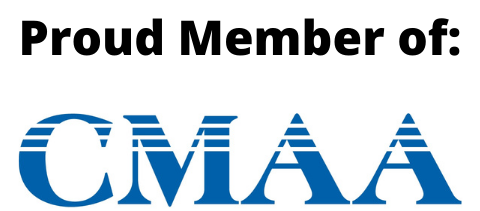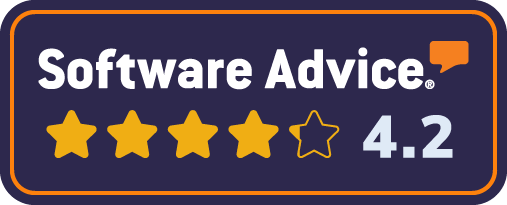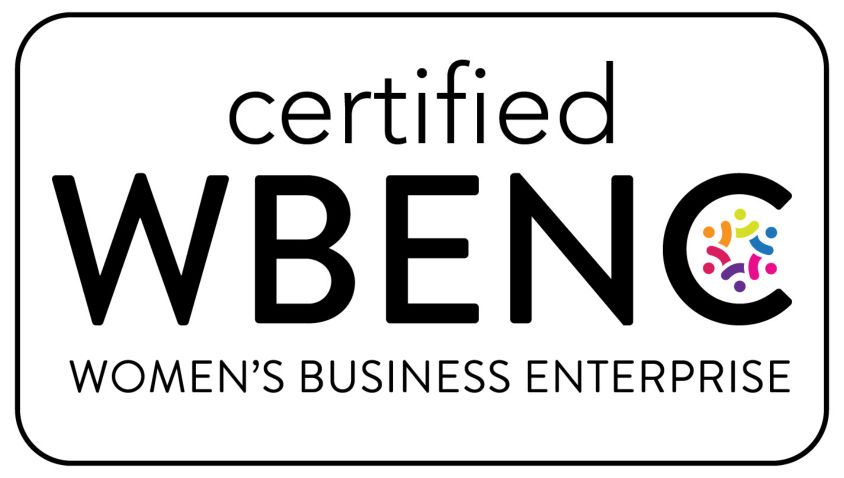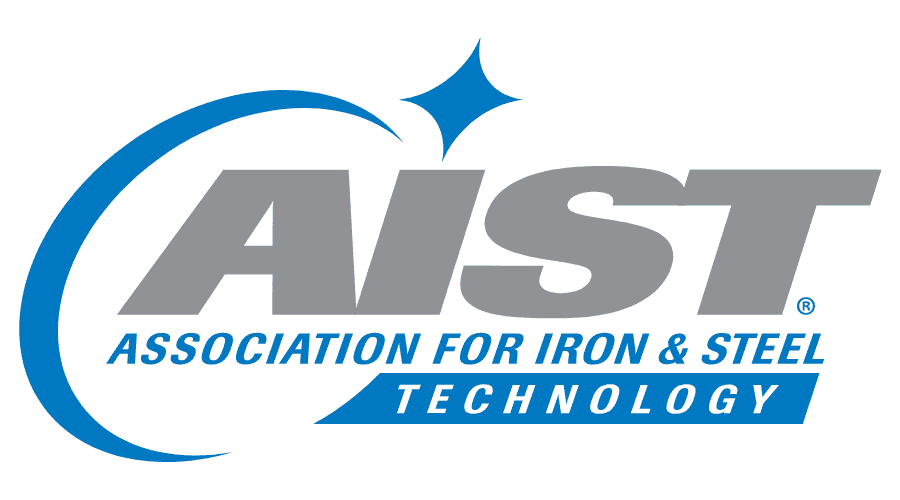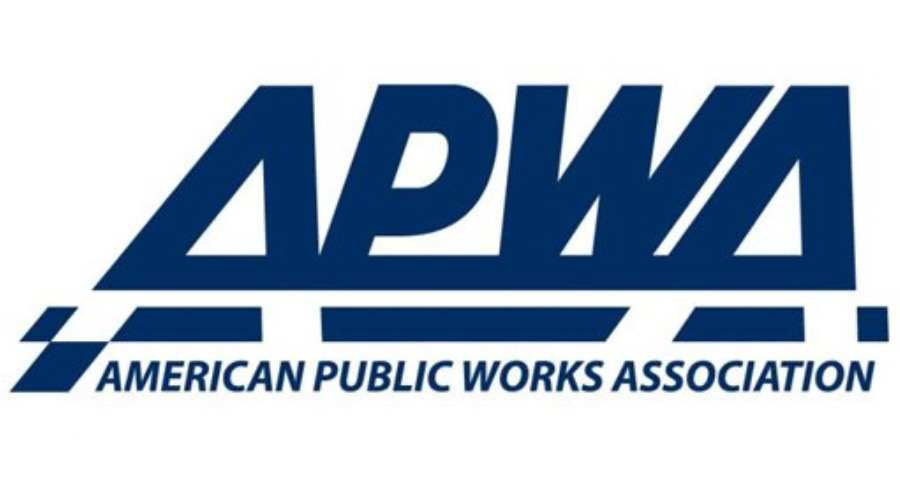8 [Easy] Microsoft 365 Integrations for Construction Project Mgmt
Planners, designers, engineers & construction project managers can work on all phases while coordinating with architects, contractors & consultants in M365
Leverage the Business Apps You Use Every Day
Planners, designers, engineers, and construction project managers work on all phases of a portfolio of new building projects and renovations, while simultaneously coordinating with architects, contractors, and consultants from the concept phase through occupancy.
Table of Contents- SharePoint App
- Templates
- Workflows
- File Sharing
- Task Management
- Project Online App
- Microsoft Teams
- Group Mailbox
Many times, major projects are extended over a period of years through multiple phases in order to be less disruptive to occupants and to minimize costs on renovations.
The resolve and discipline it takes to meet these challenges are tremendous.
So, the ability of construction owners and managers to collaborate in real-time increases performance and reduces risk, and gives them the way to report to internal stakeholders who are charged with recognizing fiscal constraints.
Many organizations work with cloud-based Microsoft 365 suite of online apps that are cross-platform for Windows, Mac, iOS, and Android with web browser access on any device. These world-class productivity tools allow construction owners and managers the ability to access, share and collaborate anywhere and anytime, which makes it the ideal platform for construction project management. Organizations can leverage these apps as construction project management tools supported by SharePoint.
How does your organization use Microsoft 365?
Email? File sharing? Online meetings? Calendaring? Most users are familiar with only a tiny sliver of Microsoft 365’s capabilities. There are so many more apps that are valuable—but only if you know what they are and how to use them.
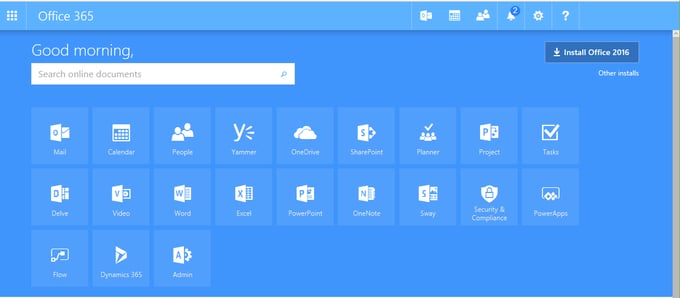
Features that relate to construction project management
SharePoint App
SharePoint is an enterprise content management system typically used to develop an intranet or secure employee website. People don’t know where to start with SharePoint, and often the team members who help set up Microsoft 365 are network specialists, not business analysts. It can be very intimidating to try and figure out where to start with SharePoint because, by default, SharePoint is installed as a blank site without any content.
Templates
When we work with clients to set up and configure SharePoint, we establish templates of content that can be reused within the organization to manage bidding, design reviews, RFIs, submittals, change orders, and other features. You can get your next project off the ground quickly without the need to wait for IT to develop a construction project management system for you.
Workflows
SharePoint is a powerful tool for managing business workflows. A workflow is a process of submitting information for review and approval. There are different types of workflows—serial and dynamic. A serial workflow sends an approval to multiple parties, and each party must approve in a specific order. A dynamic workflow allows an individual to pick whom to send the approval to, and the assignment can change at any time, as needed.
A typical workflow in the construction industry is a request for information (RFI), and we use a dynamic workflow setup. In VPO, we have a standard form that collects information that a contractor would submit to an architect for clarification. The contractor can ask the question digitally, and an email notification is automatically sent to the architect, notifying him or her of the contractor's question. The architect can reply with the answer, and another email is then sent back automatically to the contractor. Alternatively, they could send it on to the owner to get their input. We call the ownership of the workflow, the Ball-In-Court.
This way, you always know who is holding on to the document for approval. You also have a list of RFIs that are visible to anyone within the project, providing transparency and an audit trail of anyone who has touched the RFI.
SharePoint can be used to create any workflow. For instance, you can set up a workflow to allow employees to submit a timesheet for review and approval to their manager, or an expense report and purchase requisition. The trick is to create the form that collects the information, and then train your team members on the process.
File Sharing
Microsoft 365 is a powerful tool for managing construction documents in the cloud. With Microsoft 365, there are two apps dedicated to file sharing: SharePoint and OneDrive. SharePoint should be used to store and share construction-related documents. OneDrive should be used to store your own documents that aren’t yet ready for sharing.
Think of it this way: if you’re going to save a document that you’re drafting, but you’re not yet ready to share it with coworkers, then you typically save it to your documents folder on your PC. However, this location is not necessarily being backed up, so if your PC crashes, then you’ll have lost your documents. If instead, you save that type of document to OneDrive, then it will be saved both on your PC and online, in the Microsoft cloud where it’s being backed up.
If you’re working on construction specifications, then you would save the document in SharePoint in the specific organization's site. You can work collaboratively with others on the document, and using the cloud ensures that it’s being backed up. You can also sync SharePoint documents with your local device so that you can edit them locally, but they are being synced online and backed up in the Microsoft cloud.
There are many advantages to storing your documents in the Microsoft cloud, in SharePoint and OneDrive.
- You can access the documents from anywhere, no VPN connection needed.
- You can sync documents, work offline, and then automatically re-sync online.
- Version history is turned on by default, capturing an instance of every document changed by any user.
- Searching for documents is fast and intuitive; you can use keywords to search not only the title of the document but also the contents of a document.
Task Management
The construction industry’s success relies heavily on critical-path schedules that can be used for long-term forecasting. Some companies don’t need such a robust planning tool; they need a simple construction project management tool for communicating goals and deadlines to coworkers, and for getting periodic feedback on the status of those goals.
SharePoint allows you to manage a set of tasks that may belong to a project, a business initiative, or a department. You create the task list as you would in an Excel spreadsheet—which is what many people do. However, it’s not easy to see tasks in an Excel spreadsheet. You have to open a document to see the tasks, and only one person at a time can edit the task document. When creating a SharePoint task list, you create each task, provide a title, a longer description, a start date, an end date, and to whom it’s assigned. It can be as simple as that. Optionally, you can automatically send an email alert to the individual assigned to any task. There’s no real logic between the tasks. Each one can be completed independently of others, keeping it simple to set up. And you can have multiple users editing tasks at the same time. You can also add tasks to a timeline so that others can see a graphical view of the tasks.
You can indent tasks to create summary tasks, and any tasks that are late will automatically change to the color red. It’s simple to manage, easy to understand, and transparent for everyone in your organization.
We’ve even developed an app called My Tasks, that’s a personal view of tasks assigned to you from all task lists. It’s a great way to keep on top of your assignments across any task list.
Project Online App
Many people don’t realize that Microsoft offers a project portfolio management (PPM) system in Microsoft 365. A PPM system allows you to manage your company’s projects in a single database. With a PPM system, you can see your construction projects in one view. It’s great for team members in management because they need a bird's eye view of projects’ status. This way they can see if a project has an issue, and drill down into the detail of the project plan.
In Microsoft 365, you can subscribe to Project Online, and it will provide the enterprise project infrastructure you need to manage your projects. You don't have to purchase expensive perpetual licenses; you can simply subscribe and pay a monthly fee depending on the type of functionality needed. You can even bundle the desktop version of Microsoft Project into your subscription. The advantage is that there's nothing to install for your organization. Microsoft manages the infrastructure in the cloud for you, and you're always using the latest versions of the software. With Project Online in Microsoft 365, you can manage your projects using a web browser, without having any software installed on your desktop. You have anywhere access to the project data.
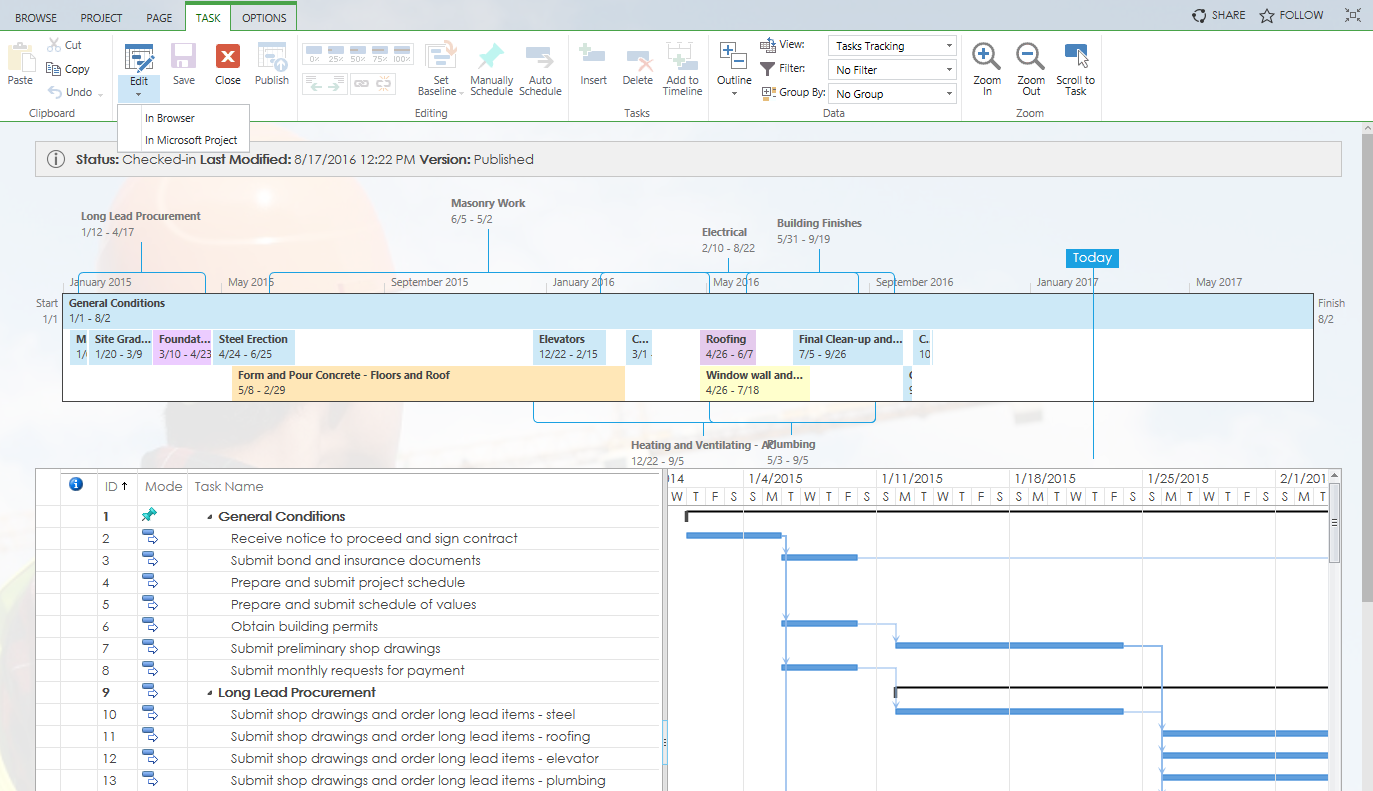
If you prefer to use a desktop version of Microsoft Project, you can check out the project from Project Online, modify it, and then check the project back in and publish it to all other users.
With Project Online, you can define templates that include a standard work breakdown structure (WBS), tasks with durations and logic, and assigned resources, so that when you need to create a new project, you're not starting with a blank page. You can build intelligence into your project templates, and use them as a starting point, and the solution will build consistencies into your company’s project plans no matter who is developing them.
Microsoft Teams
Microsoft offers Teams as an application within Microsoft 365 as a subscription-based tool. It's included with other apps as a bundle. Not everybody realizes how powerful and useful Teams can be for communication in construction project management.
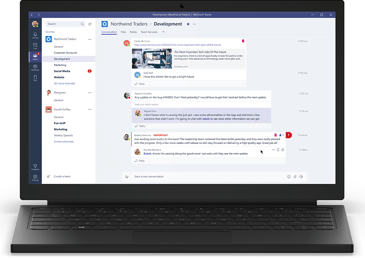
First, Teams can be used to host and join web meetings. The pricing model of Teams makes it more reasonable to give access to every employee to host meetings, rather than selecting GoToMeetingTM or other pay-per-user platforms. This allows people to connect with team members no matter where they're working.
Teams can also be used as a video feed to share live information from anywhere. The project manager and field superintendent can use the Teams mobile app on their smartphone or tablet and show a live video feed of a problem at the job site to someone sitting in an office.
Watch this video from Microsoft to see Teams in action. With Teams, you simply get answers to questions done more quickly.
Group Mailbox
Today there are so many email messages that go back and forth on a project. It's difficult to track down correspondence, and once you do, it's hard to be confident that you're reading the latest thread in the conversation or opening the latest attachment. In Microsoft 365, we have a feature called a Group Mailbox that allows you to set up an email address that is unique for your project.
When sending an email message to your project team, you can simply Cc the project email address, and the correspondence is automatically collected in the project’s mailbox. Forward to that address any email related to the project. Assign team members to the mailbox, which can be seen next to their own mailbox. Search for any correspondence just like you can with your Outlook inbox.
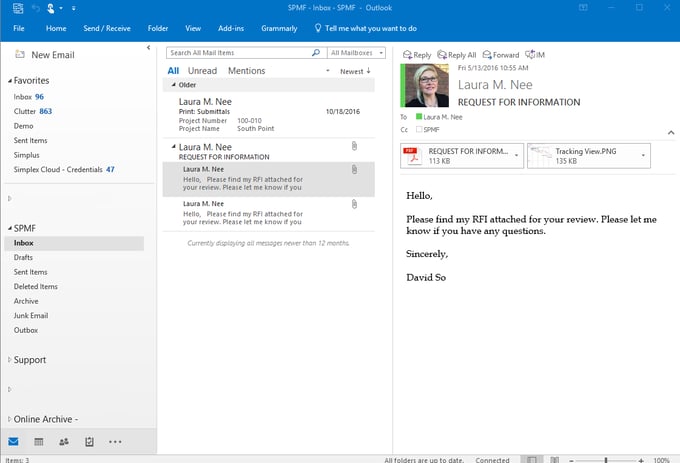
Summary
Microsoft 365 is a great construction project management tool for any construction owner or manager. Leverage your investment in Microsoft 365 by taking advantage of more apps today.
Interested in learning more?


